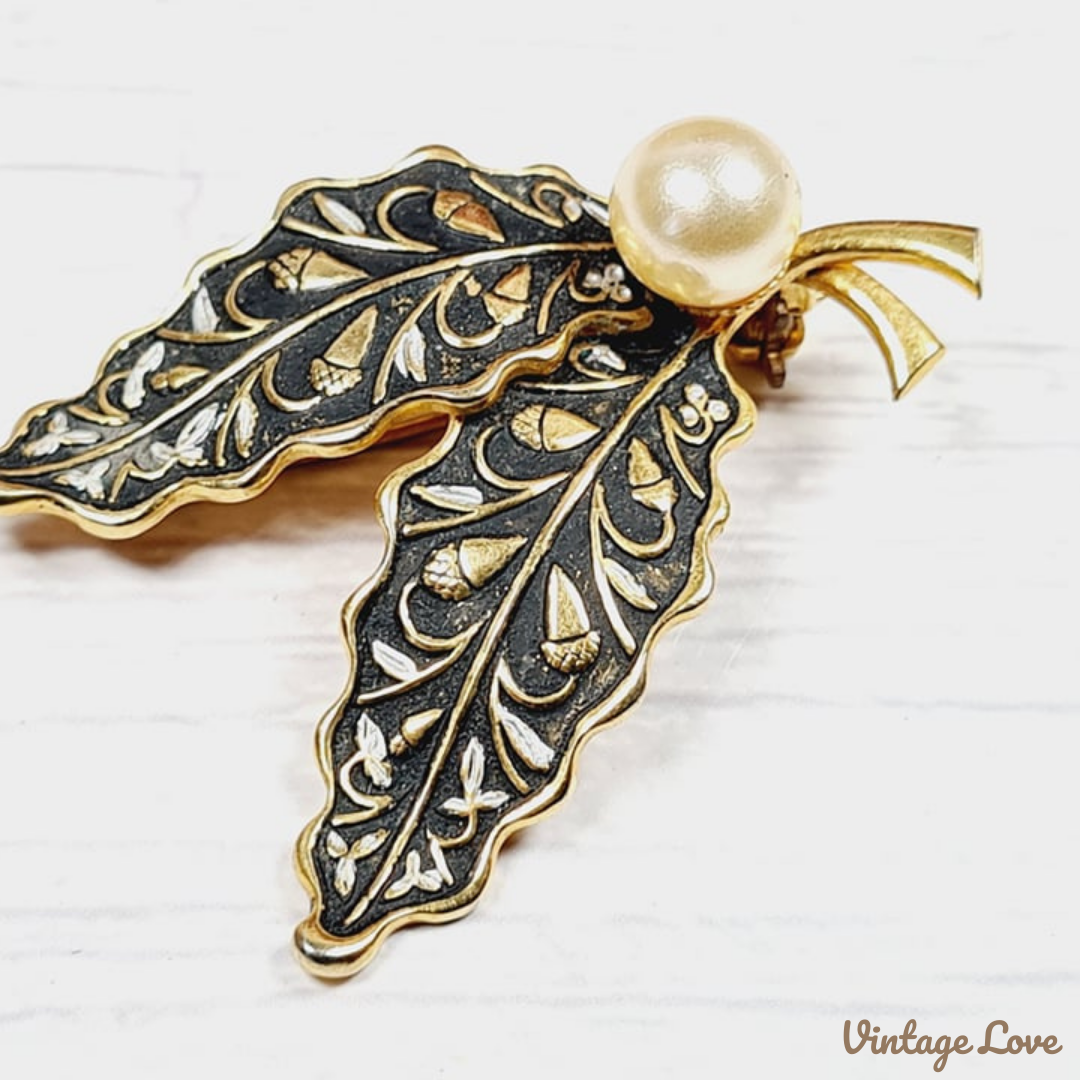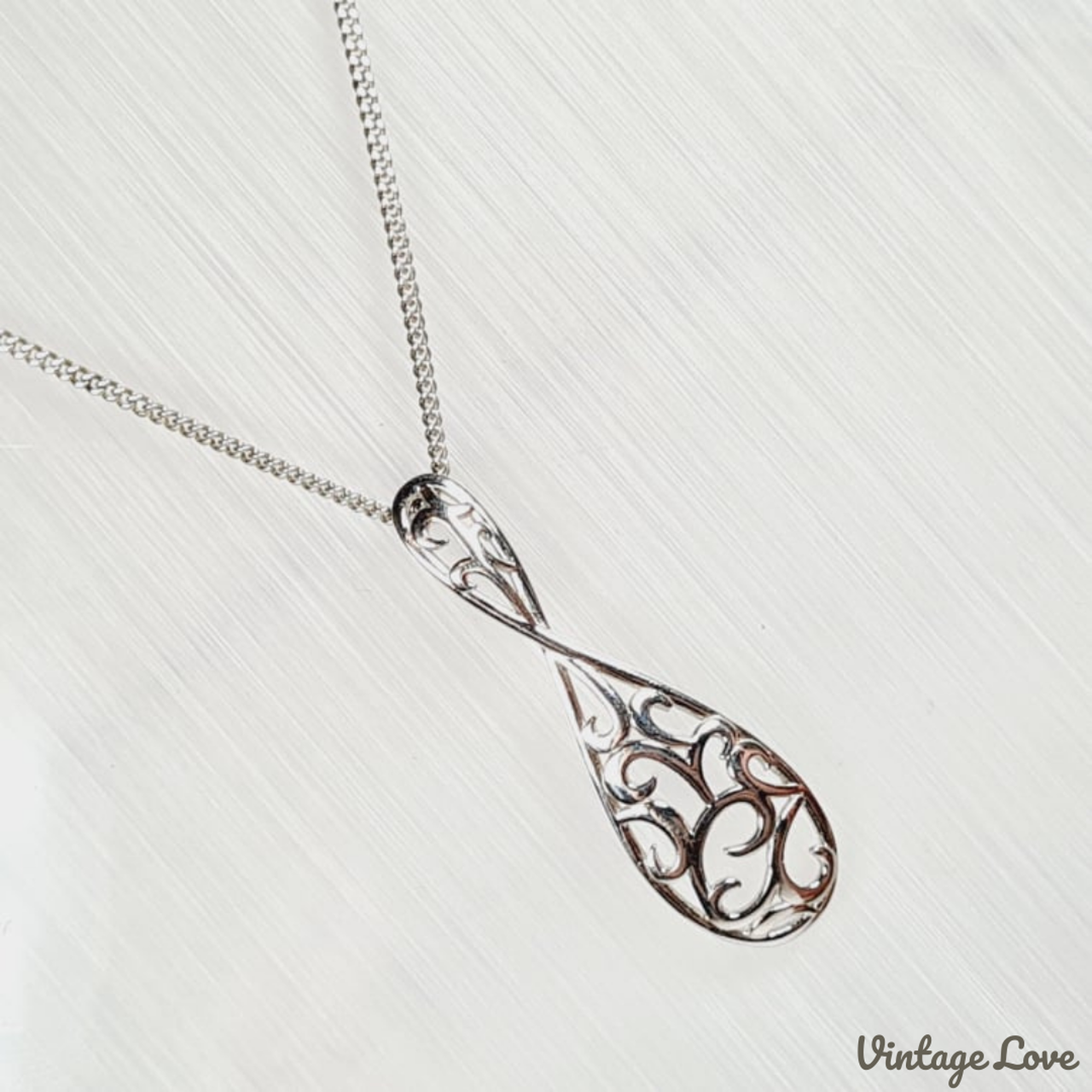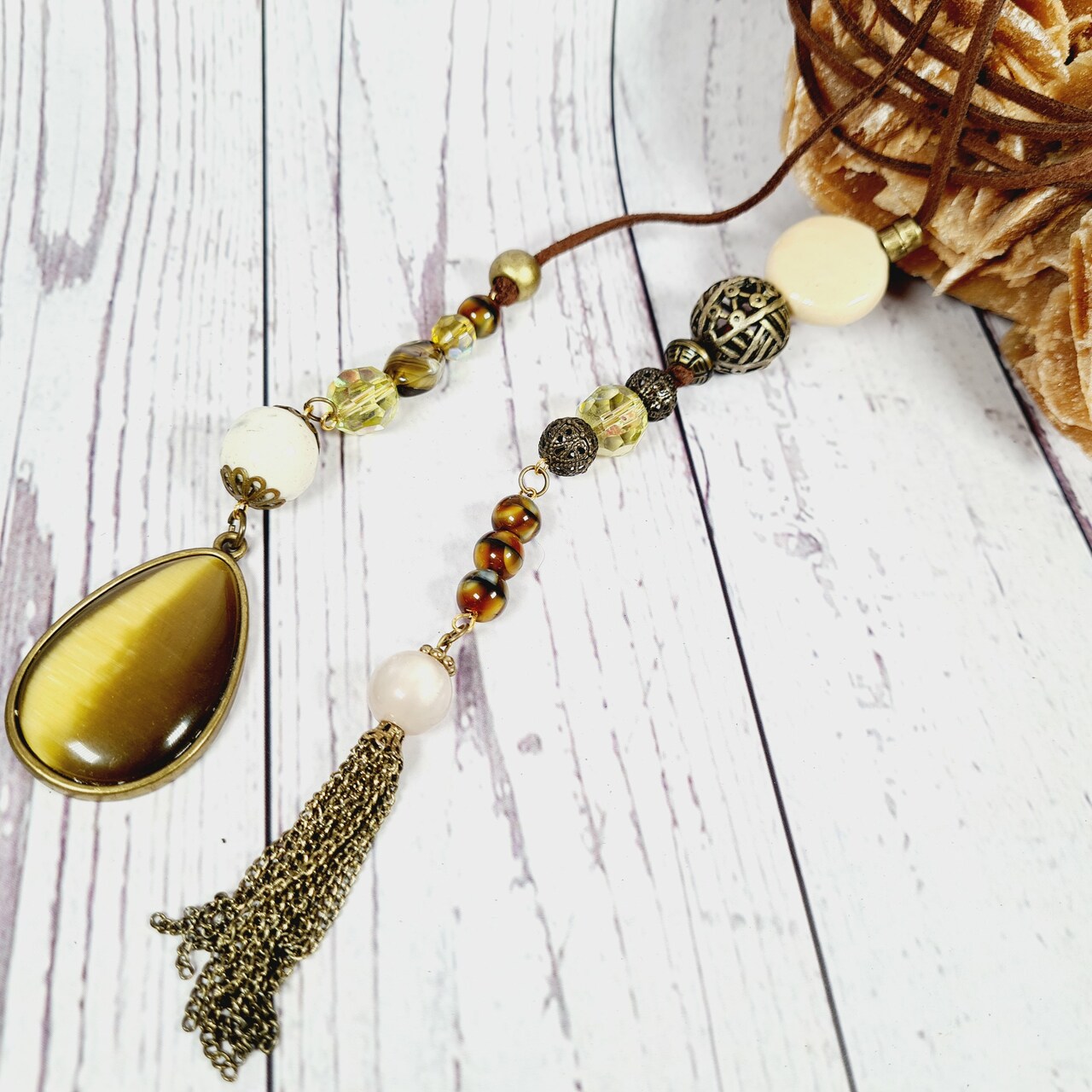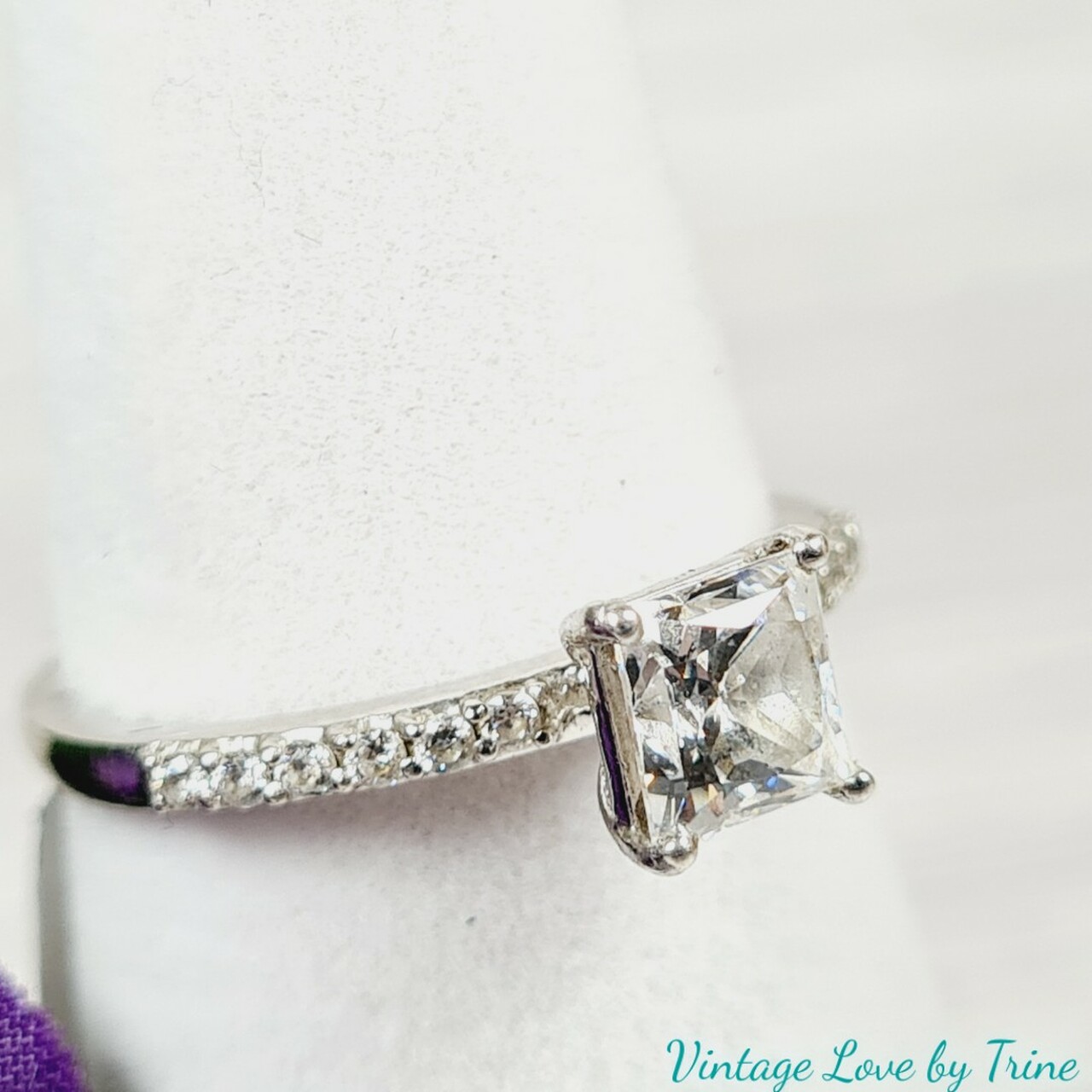Posted by Trine Charlton on 15th Feb 2022
The Many Materials in Jewellery
Jewellery comes in all different shapes and sizes, but what about the hundreds of different materials used? Every material has its ups and downs, so finding your perfect type may be a bit challenging and daunting. That’s where I come in. Your ultimate guide to finding the best material for you.
Starting with what we call ‘costume jewellery’. This is an umbrella term for jewellery made from inexpensive materials such as simulated gemstones. Generally, a base metal will be used (such as zinc, copper, bronze or alloys like brass) which oxidise and tarnish quicker than precious metals. To stop the appearance of oxidisation, the base material may then be plated with a finer material such as silver, gold or platinum, for example. When a piece of jewellery is plated, the layer of the fine material is extremely thin, meaning the cost of production is still low. However, although inexpensive, these base metals are more allergenic than more expensive alternatives and can cause mild irritation in some cases. Therefore, many people prefer materials such as sterling silver.

I have to mention the notorious green staining you can get from wearing cheaper jewellery. This is due to a chemical reaction from copper. It can also happen with sterling silver jewellery if not taken care of properly. It can even happen with gold jewellery depending on the metal it is mixed with.
Stainless steel is something I use quite often in my costume jewellery as it does not tarnish. It also doesn’t turn your skin the dreaded green colour if it is of high quality and provided you are not allergic to stainless steel. Personally, I would recommend stainless steel jewellery to most people looking for an alternative to silver that won’t break the bank.

For those who have had issues with metal jewellery in the past, I recommend something a little more unconventional, yet unique and stylish. Leather and faux leather make great accessories. In the past, I’ve spoken to people seeking alternatives like this due to allergies concerning metal materials. Replacing metal chains with faux leather straps is a simple solution to allergic reactions. Of course, faux leather is less expensive and vegan. The benefit of real suede or leather is that it has more status and can also be more durable than faux leather. However, I use faux suede in my jewellery for a few reasons: it keeps the cost down; it doesn’t need as much maintaining; and it’s kinder to the environment.

I can’t write this blog without talking about 925 sterling silver. Before I get into how amazing sterling silver is, I’ll tell you a little bit about what it is. Pure silver (known as 999 silver) is too soft to be made into jewellery, so it is used to create an alloy of 92.5% silver and 7.5% other metal (usually copper). Most countries have standardised that for it to be classed as sterling silver, it must be at least 92.5% silver. Some countries have different standards. In France it must be 95% silver.

Silver has been used in jewellery for centuries and is still one of the most loved materials today. It’s durable, beautiful and easy to work with. It adds a high end feel to your accessory bag without being too out of reach pricewise. The only downside to 925 silver is that it tarnishes overtime. Don’t worry though, with the correct maintenance, your silver wear will stay stunning for decades to come. Polishing your silver is essential to keeping its signature shine but be careful not to overdo it. Generally, wearing your jewellery often will keep it polished. The worst thing you can do is leave it sitting, unworn. Polishing silver is super easy and actually quite satisfying, so don’t let this put you off. I’m planning on writing a blog post dedicated to silver maintenance soon so stay tuned.
Thanks for reading. If you have any follow up questions (or questions in general), please do not hesitate to Contact Us
Tune in regularly for more blog posts.
Thank you for reading! – Trine x

